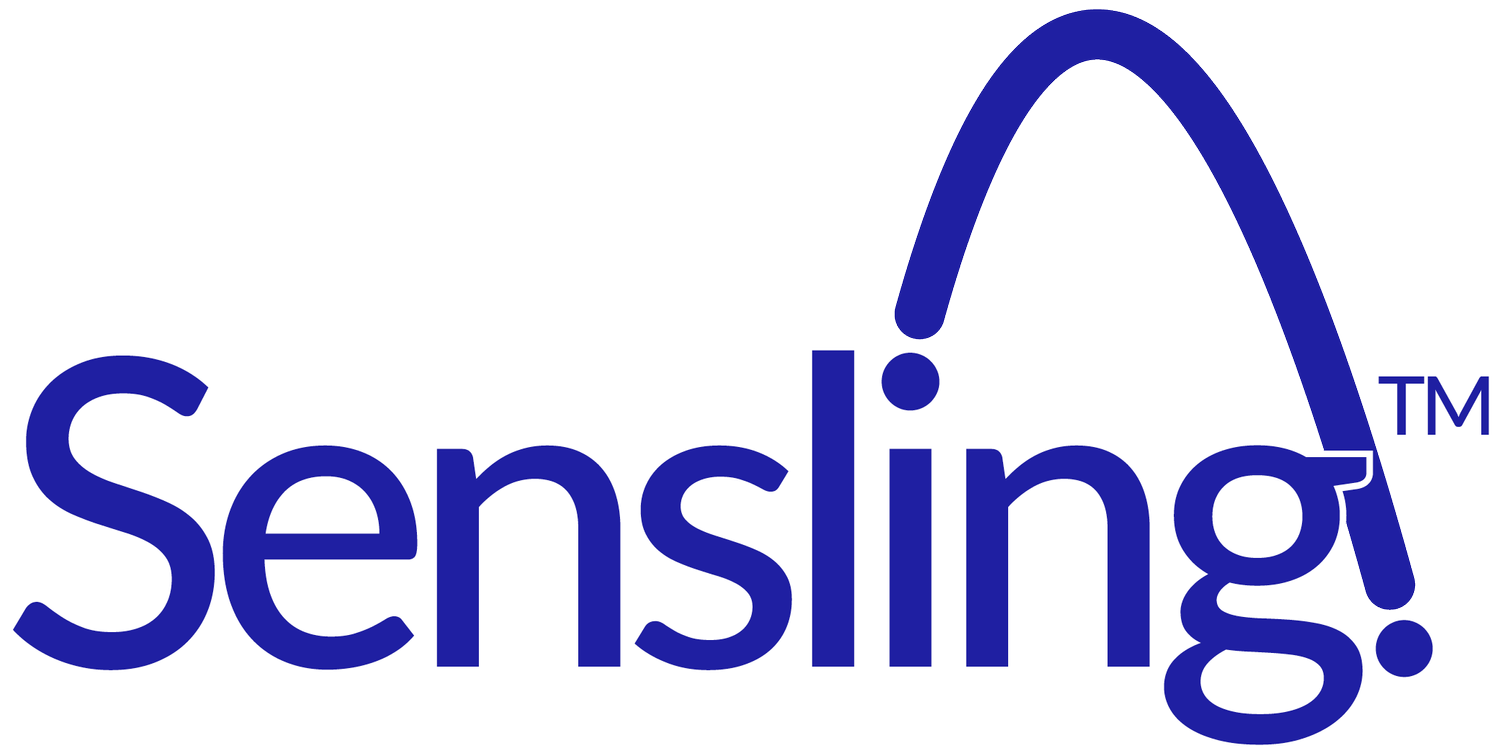
Understanding extreme heat
MAKING POPULLATIONS AWARE OF HEAT-RELATED RISKS + READY TO MANAGE THEM
An emerging environmental challenge for human health, due to climate change, concerns extreme temperatures and more frequent heatwaves. Prolonged exposure to extreme heat can push peoples’ health to its limits and bring on conditions such as heat exhaustion and heatstroke, both of which can be life-threatening. The elderly, children, and individuals with pre-existing health conditions, are particularly vulnerable. As climate change intensifies populations need increased awareness, adaptation strategies, and timely interventions to manage the risks concerned.
Heat stress + health
-
Heatwaves elevate the risk of heat-related illnesses like heat exhaustion and heatstroke. These conditions can lead to dehydration, rapid heart rate, confusion, and in severe cases, organ failure or even death.
-
Elderly individuals, children, those with chronic illnesses, and people who work outdoors are particularly vulnerable due to reduced heat tolerance and decreased ability to cool down efficiently.
-
Symptoms include heavy sweating, dizziness, nausea, headache, and confusion. Heatstroke symptoms can escalate to a high body temperature, rapid breathing, altered behaviour, and loss of consciousness.
-
Staying hydrated, avoiding excessive sun exposure, wearing light clothing, and seeking cooler environments are crucial. In addition, regularly checking on at-risk individuals and heeding heat advisories can also help prevent health complications - such advisories include the use of WBGT equipment, such as Sensling’s AirAbacus™ Two.
Heat stress + business
-
Businesses can experience reduced employee productivity, increased absenteeism, and potential supply chain disruptions due to extreme heat. Infrastructure, such as power grids, may be impacted, which can disrupt operations and lead to financial losses.
-
Heatwaves can lead to heat stress among employees which will inevitably affect their focus, energy levels, and overall performance. This can result in decreased work output and increased periods of sick leave.
-
Outdoor industries like construction, agriculture, and tourism face heightened risks due to direct exposure to high temperatures. Additionally, sectors relying on consistent energy supply might experience disruption during heatwaves as infrastructure struggles with overheating.
-
Implementing heat safety protocols by providing staff with adequate cooling facilities, adjusting work schedules to avoid peak heat hours, and raising awareness about heat-related risks can help protect employee well-being and maintain operational continuity during heatwaves. Real-time monitoring, such as offered by Sensling, is a highly effective tool for ensuring workplaces gain every advantage they can during periods of extreme heat while also mitigate their own liability against injury and death.
WBGT + extreme heat
-
The WetBulb Globe Temperature (WBGT) is a heat index that combines temperature, humidity, and radiation. It provides a more accurate measure of heat stress, alerting businesses and individuals on potential risks in hot weather environments.
-
By assessing environmental conditions, WBGT helps individuals adjust activities and hydration levels to minimize heat-related illnesses. It aids in determining appropriate work-rest cycles and preventive measures during outdoor activities.
-
WBGT assists businesses in managing heat risks among employees. It guides the implementation of heat safety protocols, enabling adjustments in work schedules, hydration strategies, and use of protective equipment to ensure a safe working environment. In extreme cases, WBGT readings may require work to stop completely - this may not sound advantageous but it does reduce risk and mitigate liability.
-
For outdoor events and sports, WBGT offers real-time insights into heat stress levels, allowing organizers to modify schedules, provide shaded areas, and promote proper hydration. This proactive approach safeguards participants and spectators from heat-related harm.
4 KEY STUDIES ON HEAT STRESS
1.
2.
3.
4.
KEY STATISTICS ON HEATWAVES
2tn
The amount (in US$) that heatwaves cost the global economy in lost productivity annually.
(Source: International Labour Organization)
73%
This is the project rate that heat-related deaths could rise by up in some parts of the world by 2100.
(Source: The Lancet)
x2
Marine heatwaves have doubled in frequency and intensity since the early 20th century, impacting marine life.
(Source: Nature Climate Change)
5%
The percentage of cereal production losses that Europe experienced in 2018 due to extreme heat.
Start building your Sensling™ network
Either a single site, a broad field location or multiple locations, Sensling™ will help you develop a monitoring network that is specific to your requirements.

